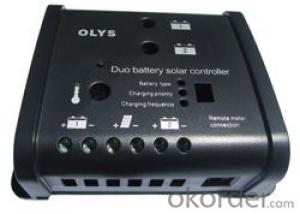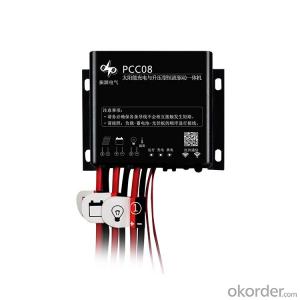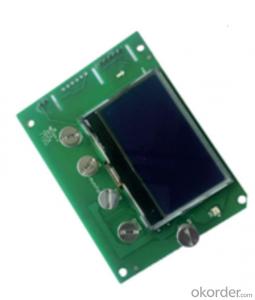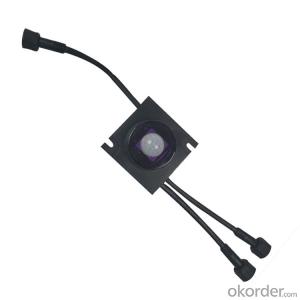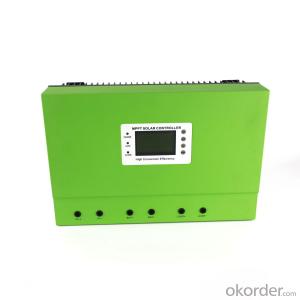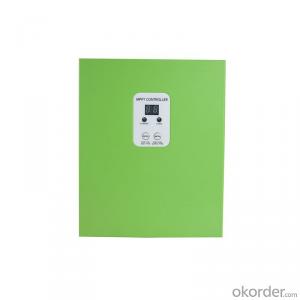Solar Inverter Rv
Solar Inverter Rv Related Searches
Best Inverter Solar Panel Solar Panel On Roof Rack Inverter To Solar Panel Ratio Solar Panel Decking Lights Solar Panel Inverter Box 1000 Watt Solar Panel Inverter 12 Volt Solar Panel Inverter Plastic Solar Lanterns Buy Solar Panel Inverter Solar Panel Inverter CostHot Searches
Type Of Inverter For Solar Types Of Inverter For Solar Used Solar Inverter For Sale Inverter Size For Solar System Solar Edge Inverter For Sale 5kw Solar Inverter For Sale Solar Inverter For Sale Solar Inverter For Battery Solar Inverter For Split Ac Solar Inverter For Laptop Solar Inverter For Fridge Solar With Inverter Price Solar Inverter With 2 Battery Solar Inverter Price In China Best Solar Inverter In China Solar Inverter Price In Dubai Solar Inverter Price In Uae Solar Inverter Price In Kenya Solar Inverter Price In Kerala Solar Hot Water Collectors For SaleSolar Inverter Rv Supplier & Manufacturer from China
Okorder.com is a professional Solar Inverter Rv supplier & manufacturer, offers integrated one-stop services including real-time quoting and online cargo tracking. We are funded by CNBM Group, a Fortune 500 enterprise and the largest Solar Inverter Rv firm in China.Hot Products
FAQ
- No, a solar controller should not be used with solar panels of different voltages. The solar controller is designed to match the voltage output of the solar panels to the voltage requirements of the battery or load. Using solar panels with different voltages can potentially damage the solar controller and lead to inefficient energy conversion. It is recommended to use solar panels with the same voltage when using a solar controller.
- No, solar controllers do not require a separate power source. They are designed to work directly with the power generated by solar panels.
- Yes, a solar controller can be used with a solar battery charging system. A solar controller helps regulate the charging and discharging of the battery, ensuring optimal performance and extending its lifespan. It also protects the battery from overcharging or over-discharging, which can be damaging. Therefore, using a solar controller is highly recommended for a solar battery charging system.
- Yes, a solar controller can be used with a solar-powered electric vehicle charging station. The solar controller helps regulate and optimize the charging process by managing the flow of electricity from the solar panels to the charging station. This ensures efficient utilization of solar energy and protects the charging station and the electric vehicle from overcharging or voltage fluctuations.
- Indeed, a solar controller has the potential to be utilized within a grid-tied solar power system. However, it is imperative to acknowledge that the primary function of a solar controller lies in regulating the charging and discharging of batteries within an off-grid solar system. In the case of a grid-tied system, the solar panels are directly connected to the utility grid, rendering battery storage unnecessary. Within a grid-tied solar power system, the role of the solar controller is confined to monitoring the performance of the solar panels and ensuring efficient electricity production. The controller may also offer data logging and monitoring capabilities, enabling the system owner to monitor energy production and consumption. Although a solar controller is not a crucial component in a grid-tied system, it can still prove advantageous for the purposes of system monitoring and maintenance. It provides valuable insights into the system's performance and aids in troubleshooting any potential issues that may arise. Moreover, certain solar controllers offer advanced features like MPPT (Maximum Power Point Tracking) technology, which optimizes the energy output of the solar panels, even within a grid-tied system. All things considered, while not essential, a solar controller can still be utilized within a grid-tied solar power system to elevate monitoring and optimization capabilities.
- The advantages of using a PWM (Pulse Width Modulation) solar controller are numerous. Firstly, PWM controllers are more affordable compared to other types of solar controllers. They are simpler in design and require fewer components, making them cost-effective for smaller solar systems. Secondly, PWM controllers are highly efficient in converting solar energy into usable electricity. They can effectively regulate the charging process and maintain the battery at optimal levels, ensuring maximum power transfer and extending battery lifespan. Additionally, PWM controllers are known for their durability and reliability. They are designed to withstand harsh outdoor conditions, such as extreme temperatures and humidity, making them suitable for various environmental settings. Moreover, PWM controllers provide better protection for the battery bank. They have built-in features like overcharging, over-discharging, and short-circuit protection, preventing any potential damage to the batteries and ensuring their longevity. Lastly, PWM controllers are user-friendly and easy to install. They typically have clear and intuitive interfaces, allowing users to monitor and adjust system settings effortlessly. Overall, the advantages of using a PWM solar controller include affordability, efficiency, durability, battery protection, and user-friendliness, making them a popular choice for small to medium-sized solar power systems.
- Yes, a solar controller can be used with solar-powered public transportation systems. A solar controller is designed to regulate and optimize the charging and discharging of batteries connected to solar panels. In solar-powered public transportation systems, solar controllers can effectively manage the energy flow from the solar panels to the batteries, ensuring efficient utilization of solar power for the transportation system.
- To integrate a solar controller with a smart home automation system, you need to ensure compatibility between the solar controller and the automation system. First, check if the solar controller has any built-in smart home integration capabilities or if it supports protocols like Zigbee or Z-Wave. If it does, you can directly connect it to your smart home hub or gateway. If the solar controller doesn't have native integration, you can use a smart plug or a smart switch to control its power supply. This way, you can remotely turn the solar controller on or off using your home automation system. Additionally, you may consider using a smart home hub that supports infrared (IR) control if your solar controller uses IR-based remote control. Lastly, ensure that your smart home automation system has compatible software or apps to monitor and control the solar controller. This will enable you to monitor the solar power generation, adjust settings, and potentially automate certain actions based on energy production levels. Overall, the integration process depends on the specific models and compatibility features of your solar controller and smart home automation system.




































